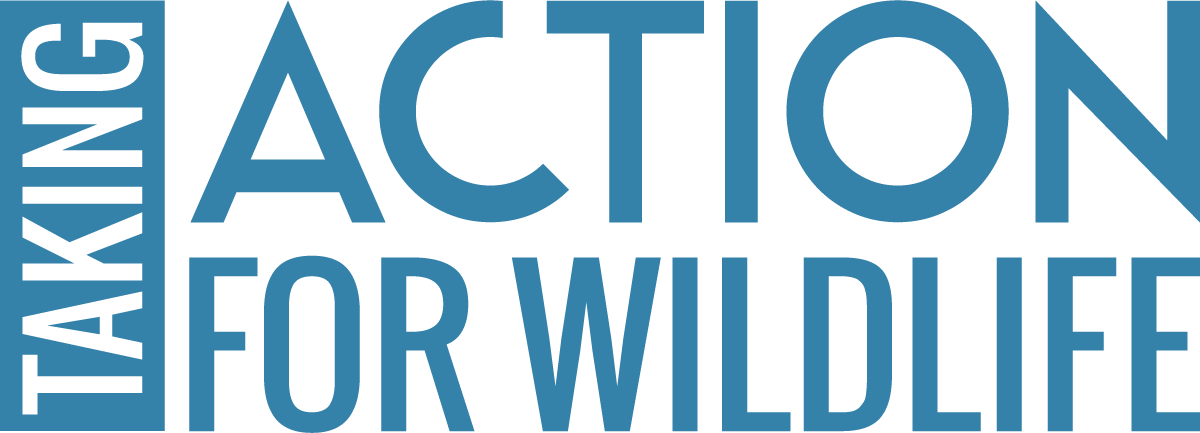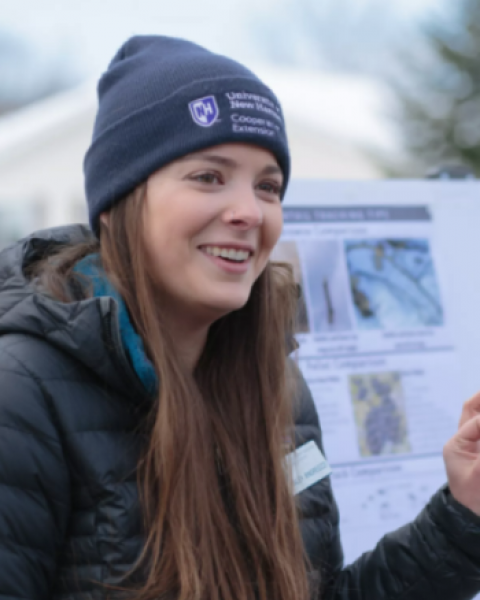Get Involved in Wildlife Conservation
Participatory science, also known as citizen science or community science, involves the public in the scientific process, from asking questions to collecting and analyzing data. It's a way to engage volunteers in scientific research, which provides many benefits for researchers, participants, and the community. There are several wildlife-focused participatory science projects that take place in the summer in New Hampshire, making it a great time to get involved and support wildlife conservation firsthand. From monitoring bats at dusk to counting butterflies in sunny meadows, these initiatives offer hands-on experiences that benefit both nature and the people who care about it.
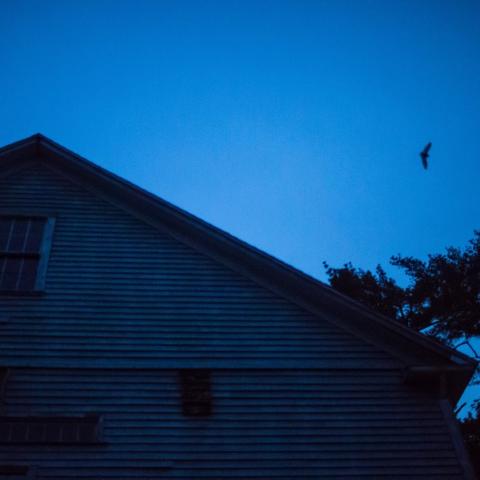
NH Bat Counts: Help Monitor Declining Species
Bats are essential for controlling insects and maintaining ecological health, but their populations have declined here in New Hampshire and throughout the country in the last 15 years, in large part due to white-nose syndrome. New Hampshire’s two most common bat species, the little brown bat and the big brown bat, use buildings as their summer roosts. Abandoned houses, barns, church steeples – and even currently-occupied structures – can provide a summer home to female bats and their young. Through NH Bat Counts, volunteers monitor known bat roosts during evening emergence counts in June and July. Each count takes about 90 minutes, and no prior experience is necessary.
For more information on how to conduct a count and submit your data, visit www.wildlife.nh.gov/wildlife-and-habitat/nongame-and-endangered-species/bats-new-hampshire/nh-bat-counts.
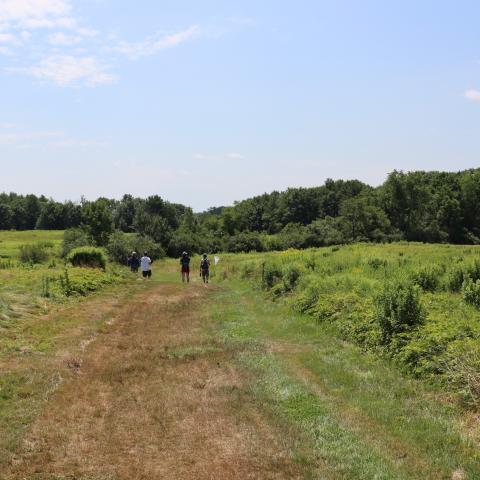
NH Butterfly Monitoring Network: Count Pollinators Across the State
The NH Butterfly Monitoring Network engages volunteers to help track butterfly species and populations throughout the state. Butterflies are important pollinators and are sensitive to environmental changes, making them excellent indicators of habitat health – but data on butterfly species in New Hampshire is lacking. During the month of July, the NH Butterfly Monitoring Network supports a collaborative butterfly survey across New Hampshire! These counts take place at 7 locations in New Hampshire, and each count covers a 15-mile diameter circle that has been registered with the North American Butterfly Association. A coordinator helps to organize participants providing locations to visit, maps, and datasheets. There are numerous roles one could play to help during a count day, including: navigator to identified monitoring sites, providing identification expertise, photographing species for identification after the event, or recording the data for a group. Throughout the course of the day, each team will visit 2-4 sites, exploring fields, woodlands and wetlands to observe which species and how many individuals are present. Over time, these results can be used to monitor changes in butterfly populations and study the effects of weather and habitat change on North American butterflies. All butterfly enthusiasts are welcome! It’s a great way to spend the day outside and learn more about butterflies, even if you have no prior experience.
For more information on the July Counts happening statewide and to sign up to attend, visit www.nhbutterflies.org/events/all.
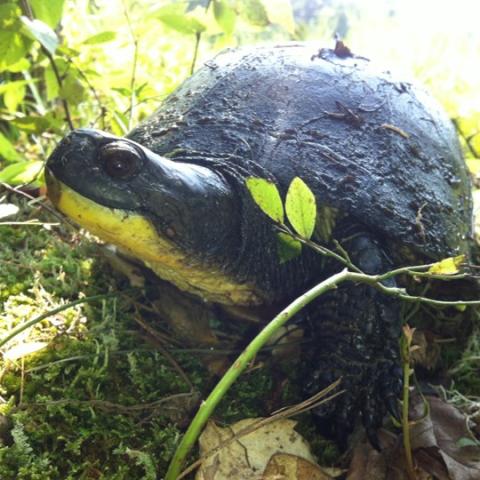
NH Wildlife Sightings: Share What You See
Anyone can contribute to wildlife monitoring year-round by submitting sightings to the NH Wildlife Sightings database. Whether you spot a bobcat, moose, turtle, or even a rare salamander, your observations can help biologists understand wildlife species distribution and trends in New Hampshire. All you need is a smartphone or computer to enter your sightings.
Submit your sightings at nhwildlifesightings.unh.edu.
Interested in other participatory science efforts in and around New Hampshire?
Check out the following website to explore more projects.

